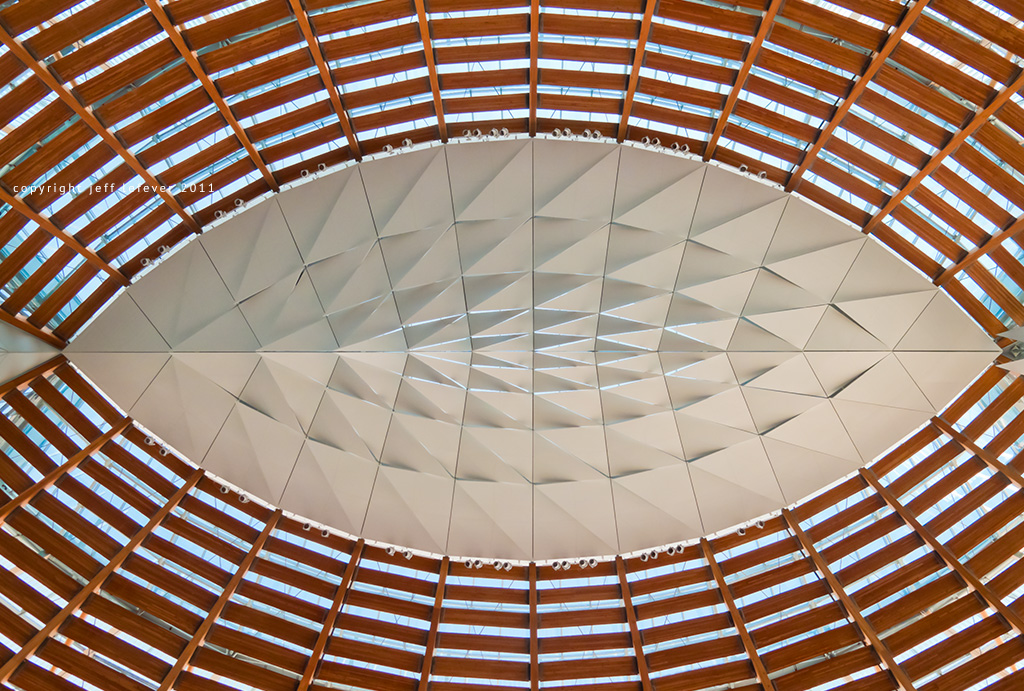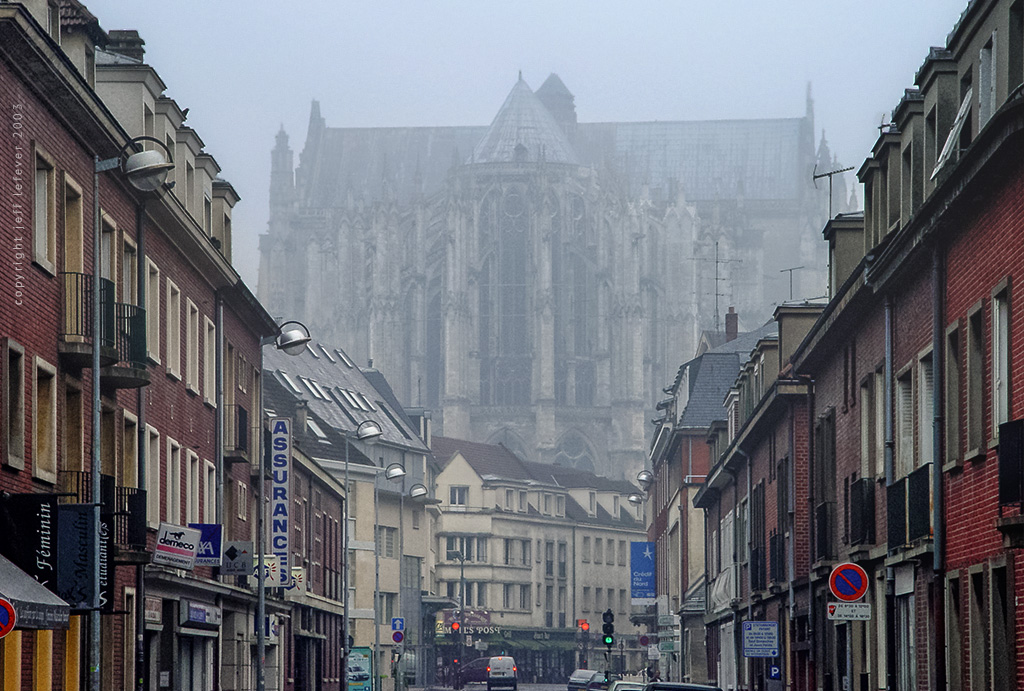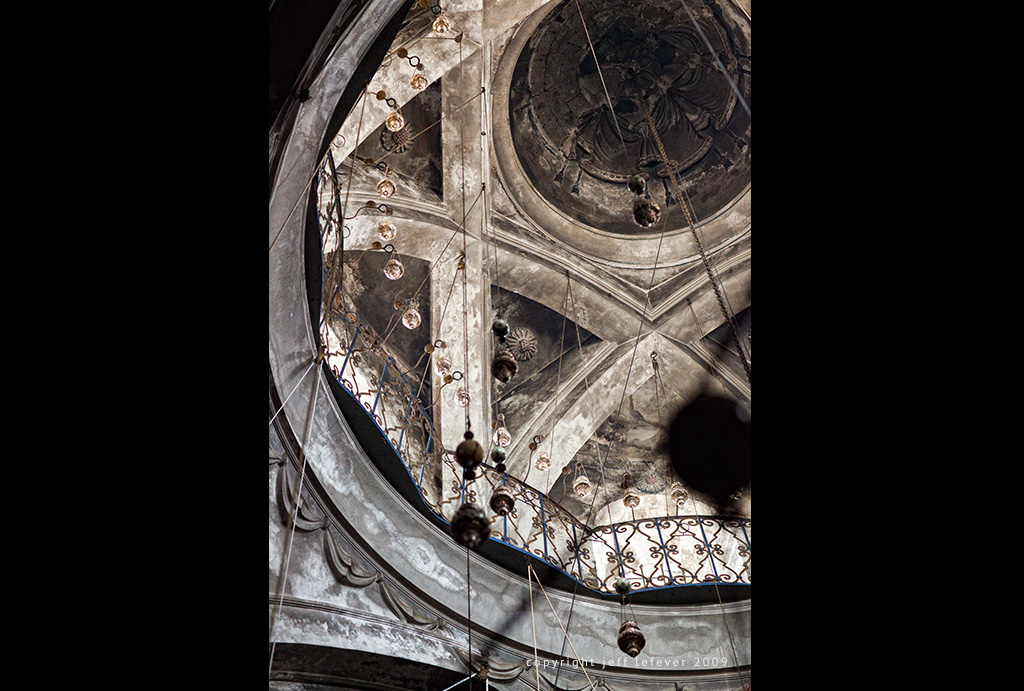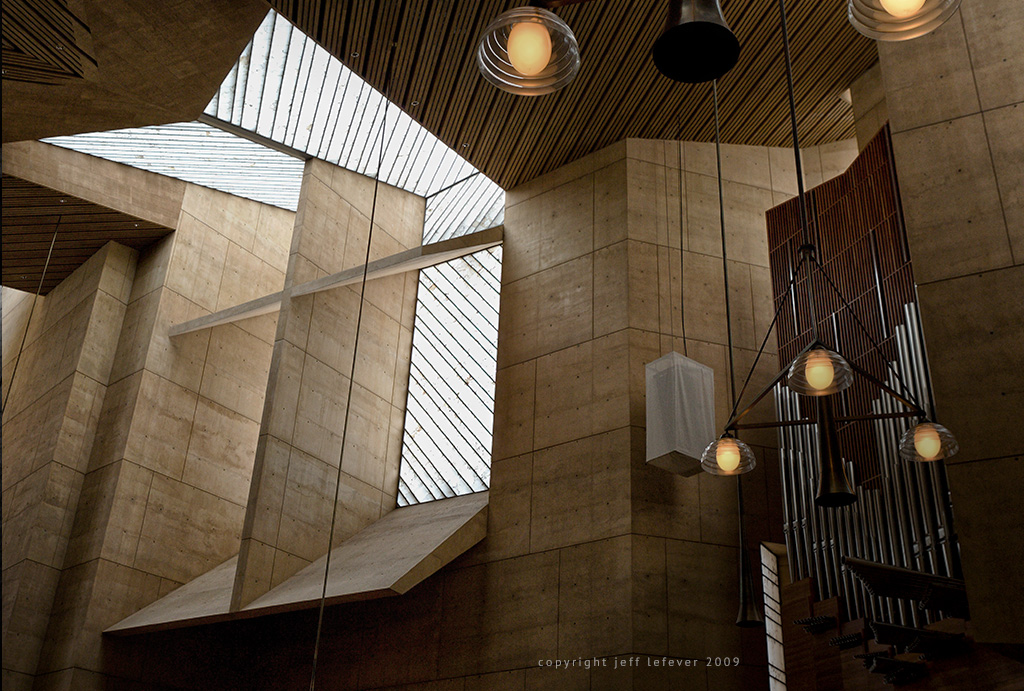Christ the Light
The Oakland Cathedral, for so lofty an enterprise, is earthy… and that is its brilliance. It is beautiful, smart, and humble – of heaven and earth.
At first view, it is like a birthday cake glass bucket–but it is more than that. It is exciting for me to see something new rephrase tradition with contemporary language.
It is a metaphor; this cathedral must manifest to the community the threefold office of Jesus the Christ: Priest, Prophet, and King. Christ the Light Cathedral is designed to be a place where God is worshiped (Priest), where the Christian faith is shared and taught (Prophet), and where the poor and others in need are served (King [dom]).
I found myself instantly at peace in the welcoming space and found a fine place to sit and consider the theology of Christ.
Now, the trend in contemporary Catholic structures is toward light being the key metaphor, and light is obvious here. But unlike some contemporary cathedrals, iconography and art are not left behind.
Light has always been a symbol that points to the mystery of both God and the world, a metaphor of God’s power and presence. Much like the Easter candle of the Great Easter Vigil, this cathedral, as a representation of Christ, serves to illuminate of the “One True Light” through the vehicles of art and architecture, the senses, and the love of her servants.
Advancing the tradition of symbolic architecture, the space uses light to symbolize the movement of salvation history from the beginning of time to the renewal of all creation in Christ. The Alpha and the Omega – this is the story this cathedral tells. From the Alpha window, below which one enters, across the Oculus window above, to the Omega window behind the altar, visitors sense the grand gesture.
From the Beginning of “Let there be Light” where all things began, to the end with the Resurrected Christ in rule, by whom all things are measured, I am treated to consider Majesty in beauty.
The Oculus window is reminiscent of a fish, scales and all. The shape is the IXOYZ, the first time I have seen this, though the vesica piscis (“the womb of the universe and the root of sacred geometry” represented in the IXOYZ) is often used in art and sculpture in churches and cathedrals, very often behind an enthroned Christ or behind the Virgin Mary in glory.
The church pamphlet says this:
“As one ascends the path, the unique shape of the cathedral becomes clearer. There is a history of cathedrals designed in the shape of a cross. Given the Cathedral’s proximity to water, the architects employed an even older symbol of our faith. The footprint of the Cathedral is a vesica piscis (“fish bladder” in Latin), an oval with pointed ends created by the intersection of two circles of the same radius. The shape of the vesica piscis calls to mind a fish, which was used as a symbol by the earliest Christians because it is Greek spelling— IX0YZ—could be used as an abbreviation for “Jesus Christ, Son of God, Savior.”
And more from the handouts:
“The Oculus – The soaring wooden beams of the vault terminate in a large almond shaped window known as an oculus, from the Latin word for “eye.” This window into the heavens allows the heavens to gaze upon the earth and the earth to gaze upon the heavens. The oculus of the Cathedral of Christ the Light is covered with 140 aluminum panels which both reveal and conceal light, reminding us that our celebration of the Eucharist is a foretaste of the eternal banquet to come.
The Omega Window – The Cathedral’s use of light to symbolize the movement of salvation history comes to a climax in the Omega Window, which rises behind the sanctuary. The window depicts a 58-foot image of Christ in majesty taken from the transept of Chartres Cathedral in France. The image is created by natural light passing through aluminum panels that have been pierced with 94,000 holes.
Christ is the Light of nations. Because this is so, this Sacred Synod, gathered together in the Holy Spirit, eagerly desires, by proclaiming the Gospel to every creature, to bring the light of Christ to all, a light brightly visible on the countenance of the Church.”
Light is not the only symbol here. The nave of the cathedral is surrounded by a concrete wall known as the Reliquary Wall that “contains the saints” (as here the saints of precious note are the congregation, holy and precious to God).
Rising from the wall is a vault of curved beams carved from Douglas fir, each 110 feet tall. The curve suggests the outline of a ship, recalling the ark of Noah, and even the Oculus has the sense of a sail alight by the wind, bringing to my mind the Holy Spirit, hovering.
The space is open and expansive.
There is more to be discovered… an inspired consecrated space. Why don’t more churches think like this? What would happen if they did?
The image of the seated Christ is compelling in its portrayal in light, the image and its meaning stick with me and alas, I have taken the Light into the world.
~JWL



